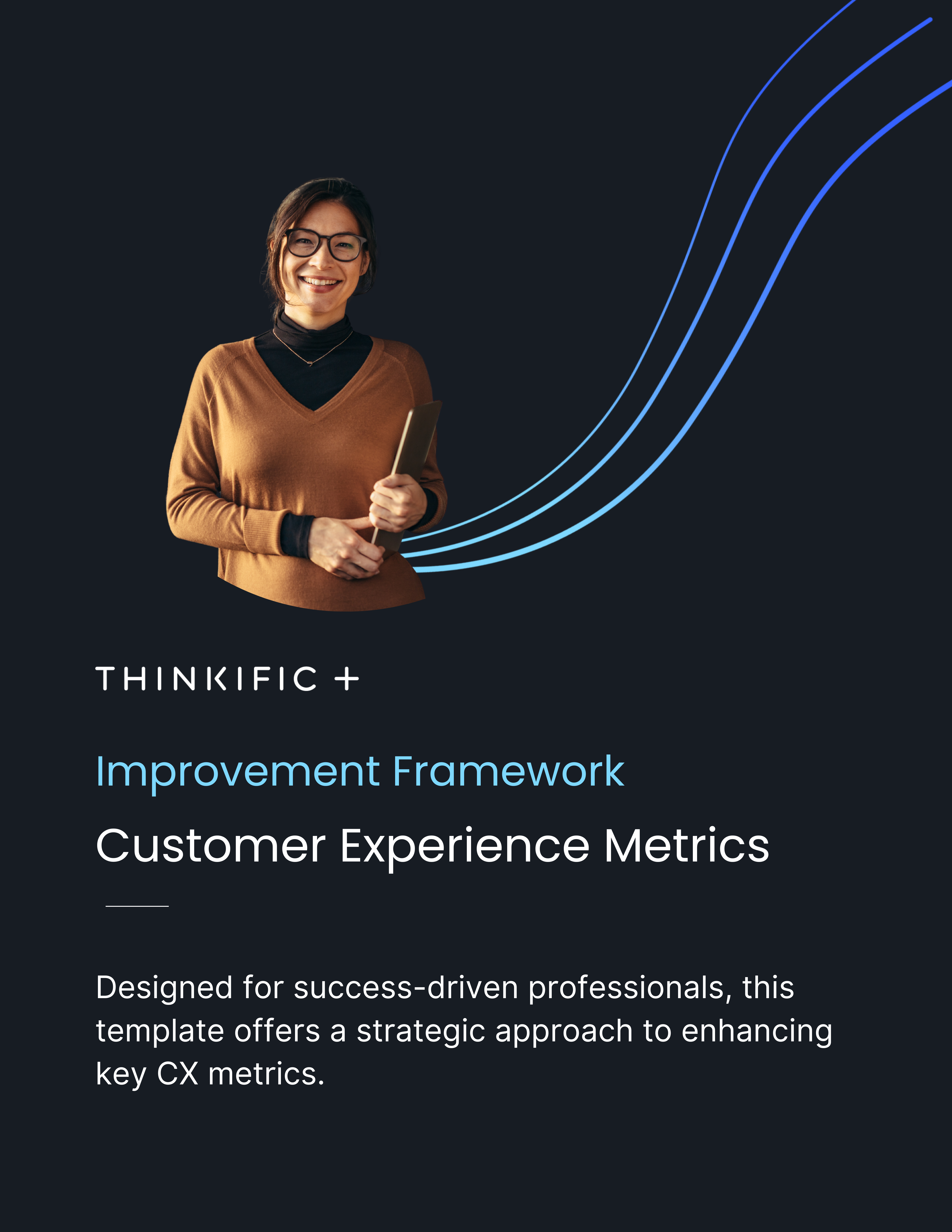When you have a growing business and customer base, maintaining a streamlined customer experience that delivers satisfaction to your customers at every stage of their journey is crucial to ensure long-term success for your business, and your customers.
Keeping track of customer experience metrics and developing a framework to enhance them can guide you toward true customer satisfaction and loyalty, ultimately resulting in revenue.
Keep reading to learn everything you need to know about Customer Experience Metrics, how to measure them, improve them, and access an improvement framework template to get started.
Skip Ahead:
- Introduction to Customer Experience Metrics
- Types of Customer Experience Metrics
- Overview of Key Customer Experience Metrics
- Developing a Customer Experience Metrics Framework
- Analyzing and Interpreting Customer Experience Data
- Best Practices for Improving Customer Experience
- Navigating Challenges in Customer Experience Measurement
- The Future of Customer Experience Measurement
- Conclusion
- FAQ

